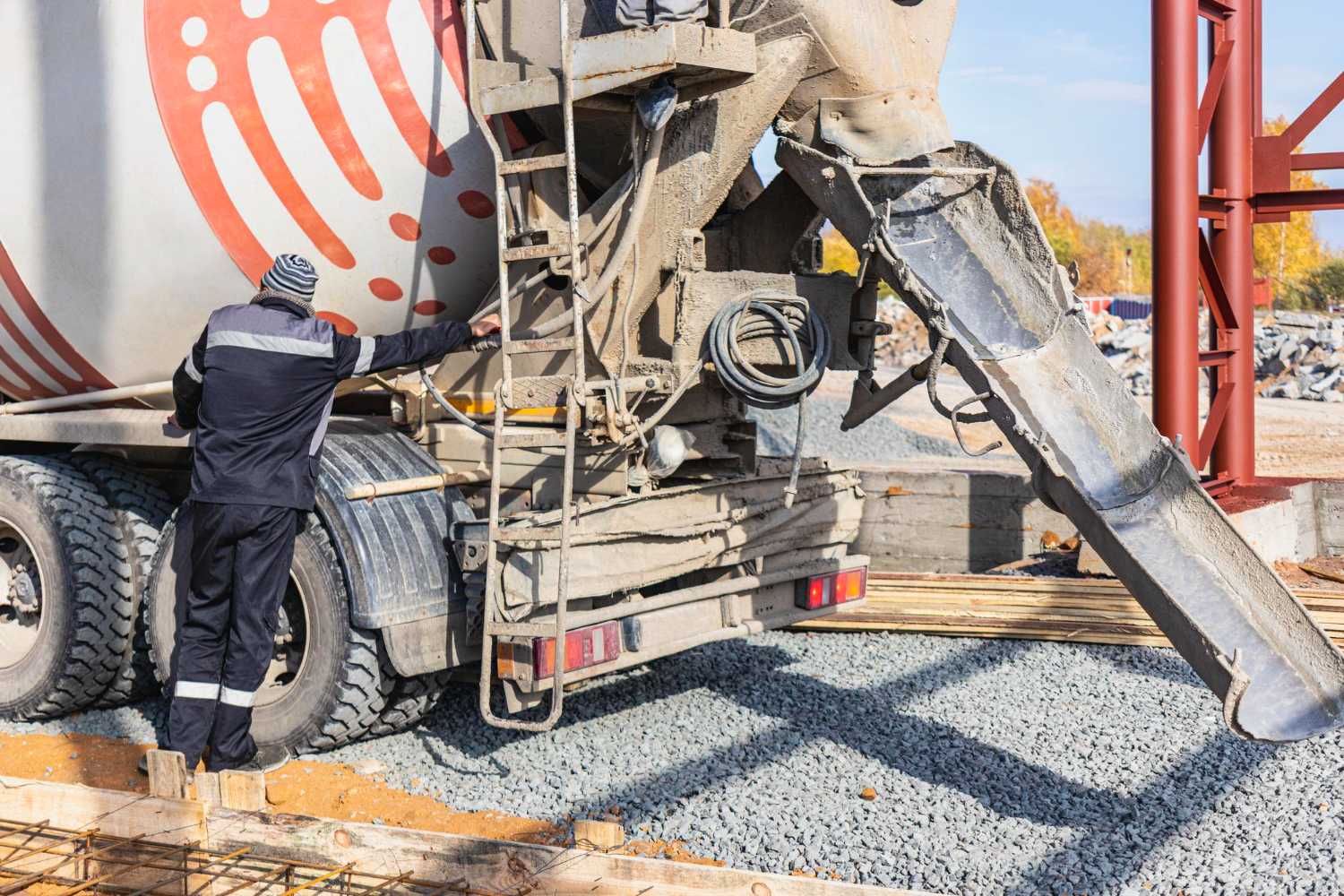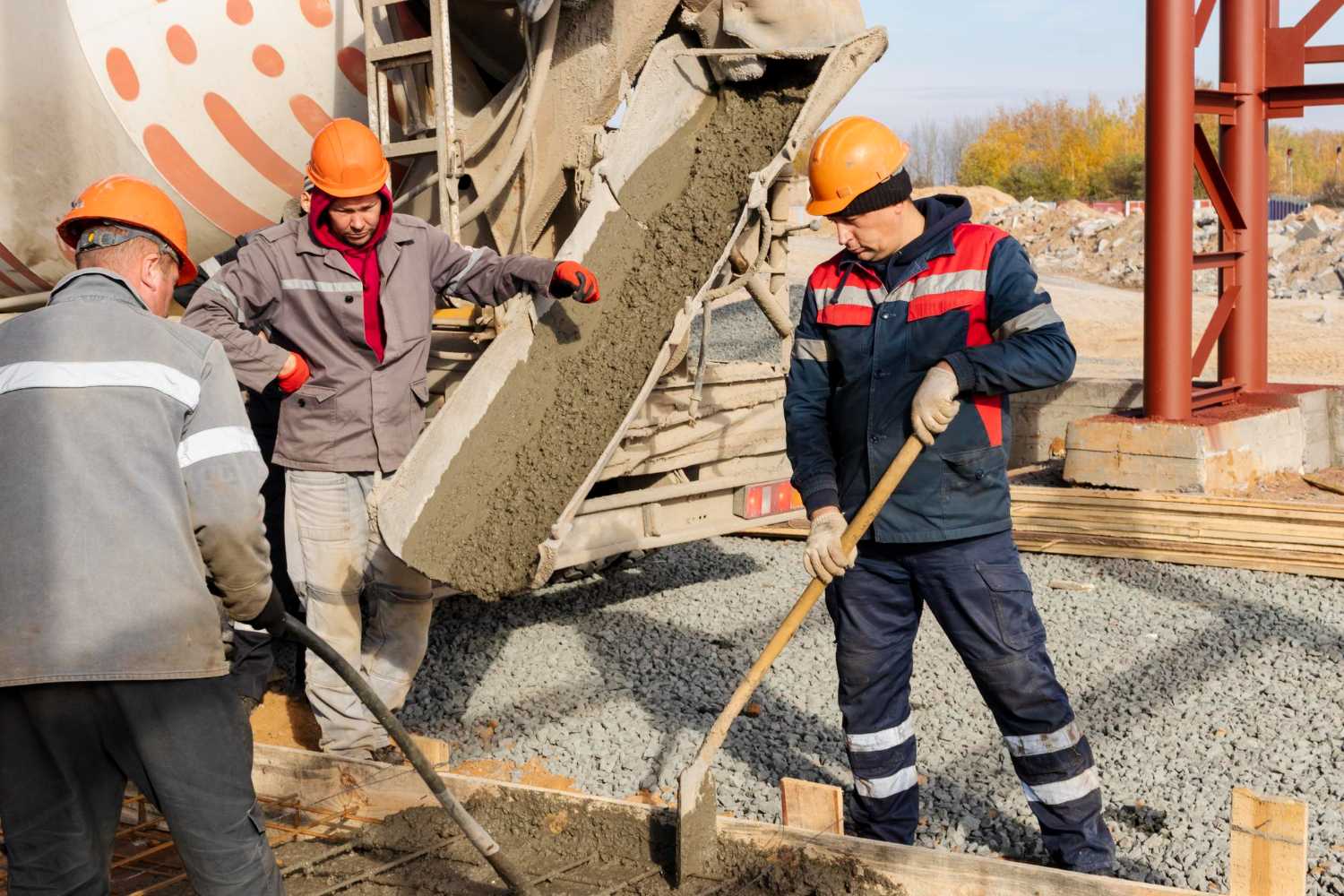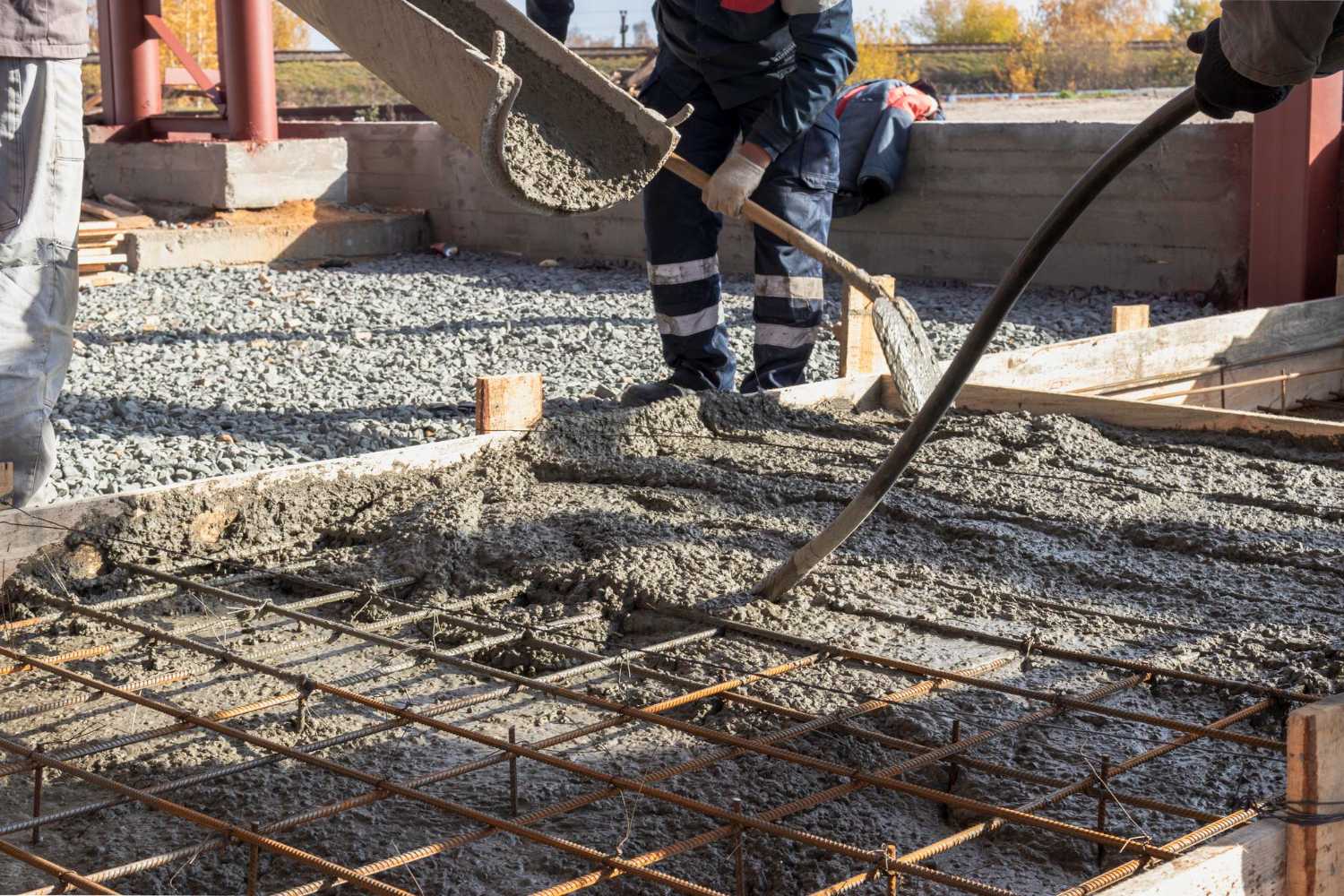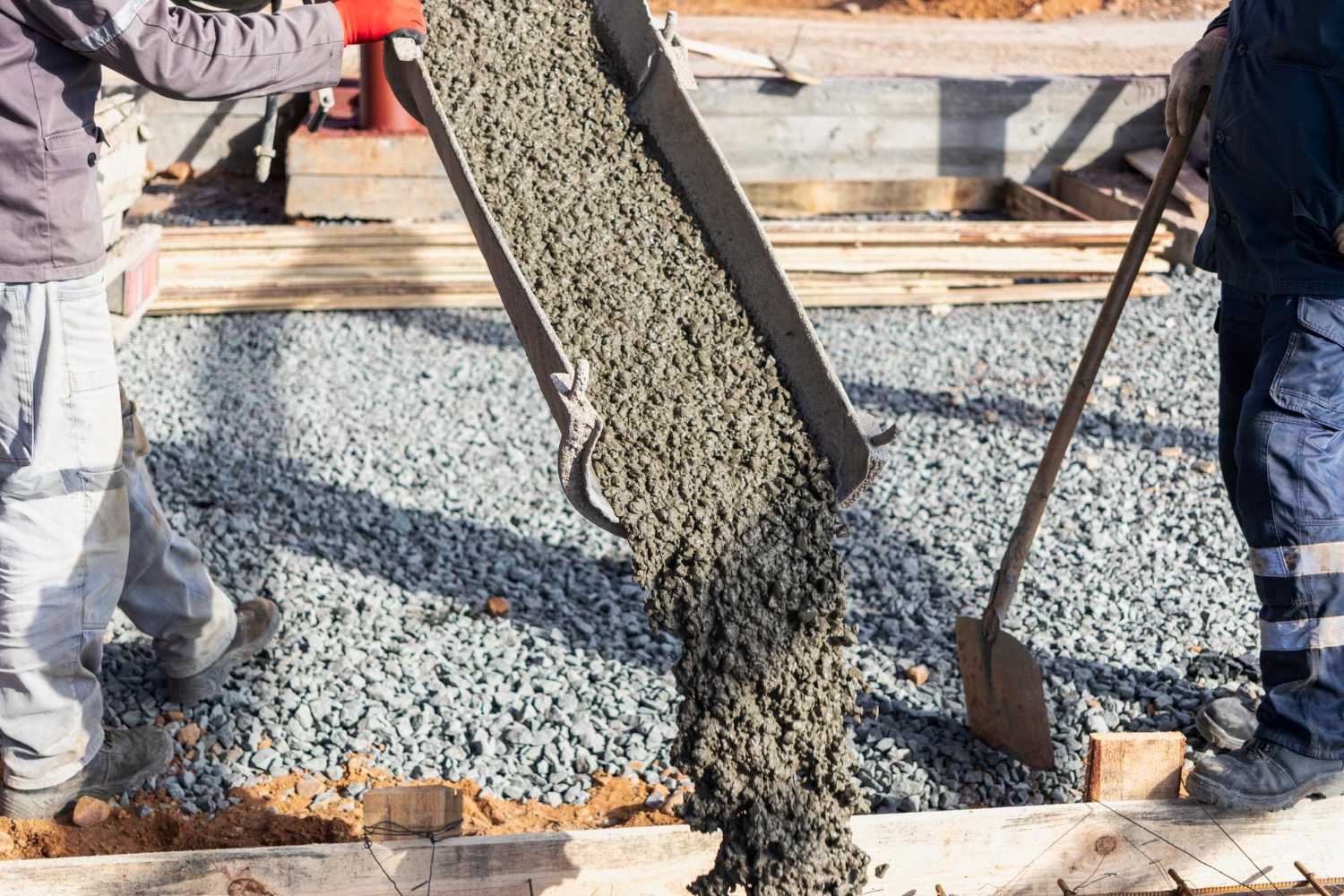It is an irreversible truth that concrete has turned out to be the mainstay of the construction sector. From the time the concrete material started to exist, it had a great influence on the approach of infrastructure development works. It is an increasingly used building product around the globe. Its excellent durability, robustness and flexibility make it significant in different structures, such as:
In contrast, the attributes of concrete are seriously impacted by its mixing ratio.
It is the appropriate blend of the following:
Correctly comprehending the mixing ratio of concrete is vital to acquire fruitful results.

Before assessing the blend ratios, comprehending the key elements of concrete is essential.
It is the critical element of concrete that is also renowned as an adhesive material. It binds each ingredient simultaneously when it solidifies.
It plays a principal part in making concrete mixtures. These are broken pebbles or gravel that shape the large quantity of the volume of the concrete and increase its robustness.
Numerous building labour thinks of sand as fine aggregate. Sand is employed to bring together the big aggregate specks and augments, as well as the robustness of the concrete.
It is also the major component of a concrete mix. After the water is supplemented with the cement, a chemical equation with the cement is initiated. This integration allows the blend to stiffen after a while and become stronger.

A perfectly proportioned concrete blend ensures the robustness and durability your structure needs. Wrong proportions may lead to issues like:
To attain superior results, it is absolutely necessary for the purpose of complying with the specific ratios for different applications, including:
The concrete blends appear in various grades with the predetermined proportions of concrete materials at every level. Moreover, if it becomes necessary to augment the quantity of water in the nominal blend, the content of the cement should also be enhanced accordingly. Be mindful of the incorrect disposition of the concrete or compression issues, which may lead to an increment in water content.
The design blend concrete uses a range of ingredients to meet the needed attributes of concrete in the most cost-effective manner. A certified civil engineer assesses the characteristics of each element to set the blend proportions for the designed blend concrete. The proportion is decided based on the needed quality and robustness of the concrete.
In a typical mix of concrete mixes, the ratio is 1:2:4

Attaining efficient outcomes with each concrete blend needs cautious mixing and correct curing.
Below are some of the useful tips:
Use accurate measurements for every element to guarantee the blend ratio is proper.
Pour water little by little and abstain from exorbitant quantities to hinder the lessening of the concrete. The mixture must be feasible and not overly wet.
Ensure each ingredient is adequately blended to abstain from fragile spots. Utilise mechanical blenders for greater batches to attain lasting results.
Safeguard the concrete from elevated temperatures in the course of curing. In warm climates, keep the concrete shaded and cold. In chilly climates, use survival blankets or burners as needed.
It is significant to ensure that the concrete remains moist during the curing procedure to avoid drying out or cracking.
To achieve that objective, you can use the following:
Curing time is pivotal for robustness growth. Concrete must usually be cured for at least 7 days, with the highest endurance achieved being around 28 days.

To sum up, selecting the ideal concrete blend proportion is crucial for acquiring the mandatory performance in each construction project. Whether you select a nominal mix for small-scale projects or a design mix customised by experts for particular requirements, the solution lies in precise measurements and cautious blending. Moreover, correct curing ensures the concrete obtains a certain strength and durability.
Always keep in mind that a skillfully devised concrete mixture is the mainstay of each effective construction.
If you have any questions, don’t hesitate to contact our team at Ready Mix Concrete London by dialling 0207 4584543!
A boom pump uses a robotic arm (boom) to deliver concrete with precision at height or distance, making it ideal for large-scale and high-rise projects. A line pump, on the other hand, is better suited for smaller, ground-level jobs and uses flexible hoses to deliver concrete. We offer both types depending on your project requirements.
With a boom pump, concrete can be pumped up to 70 metres vertically and over 200 metres horizontally. Line pumps can reach around 150 metres horizontally, depending on the setup and hose diameter. Our experts will assess your site and recommend the best solution to reach even the most challenging locations.
Yes, it’s important to ensure the site is accessible, level, and free from obstructions. There should be enough space for the pump vehicle to park and operate safely. If you’re unsure about access or clearance, our team can provide advice or arrange a pre-site visit.
The duration of a concrete pumping job depends on the volume and complexity of the pour. In general, a typical residential pour can be completed in under two hours. Our efficient service aims to minimise downtime and keep your construction project on schedule.
Yes, concrete pumps can operate in light rain and mild weather conditions, but heavy rain, high winds, or frozen ground may delay or halt operations for safety reasons. We always monitor the forecast and keep you informed of any possible schedule changes.
Yes, all our pump hires include a trained and experienced operator who will handle the equipment and ensure concrete is placed efficiently and safely. They’ll also help guide you through the process on-site, ensuring a smooth pour every time.
Ready Mix Concrete London (Trading as Pro-Mix Concrete Ltd)
Copyright © 2025 | Ready Mix Concrete London (Trading as Pro-Mix Concrete Ltd) | All Rights Reserved.